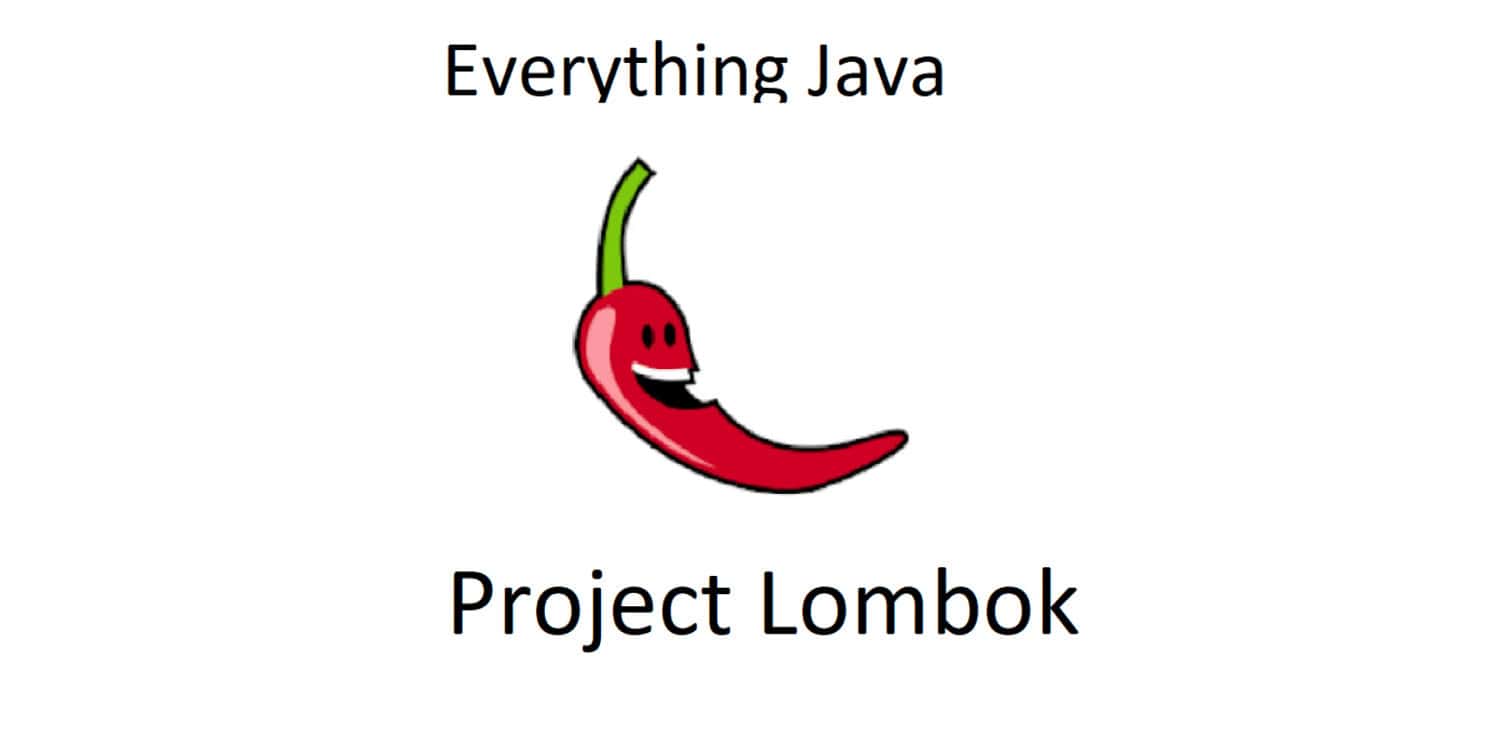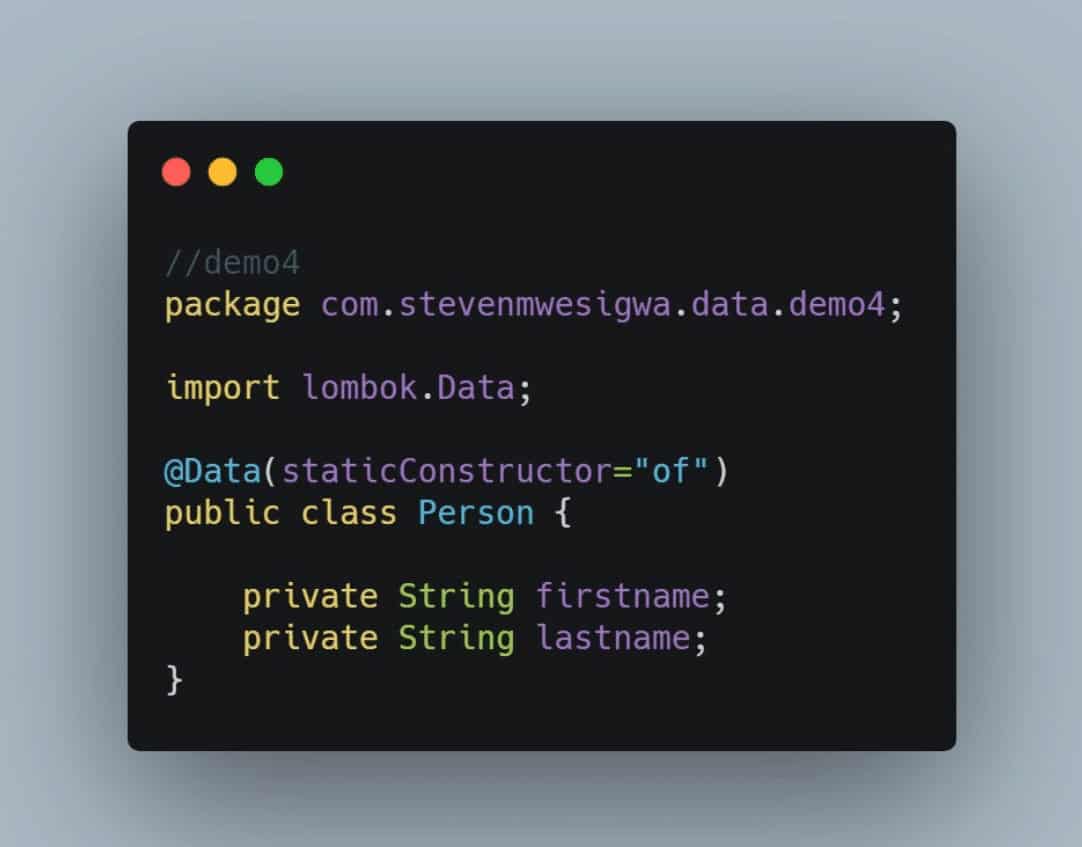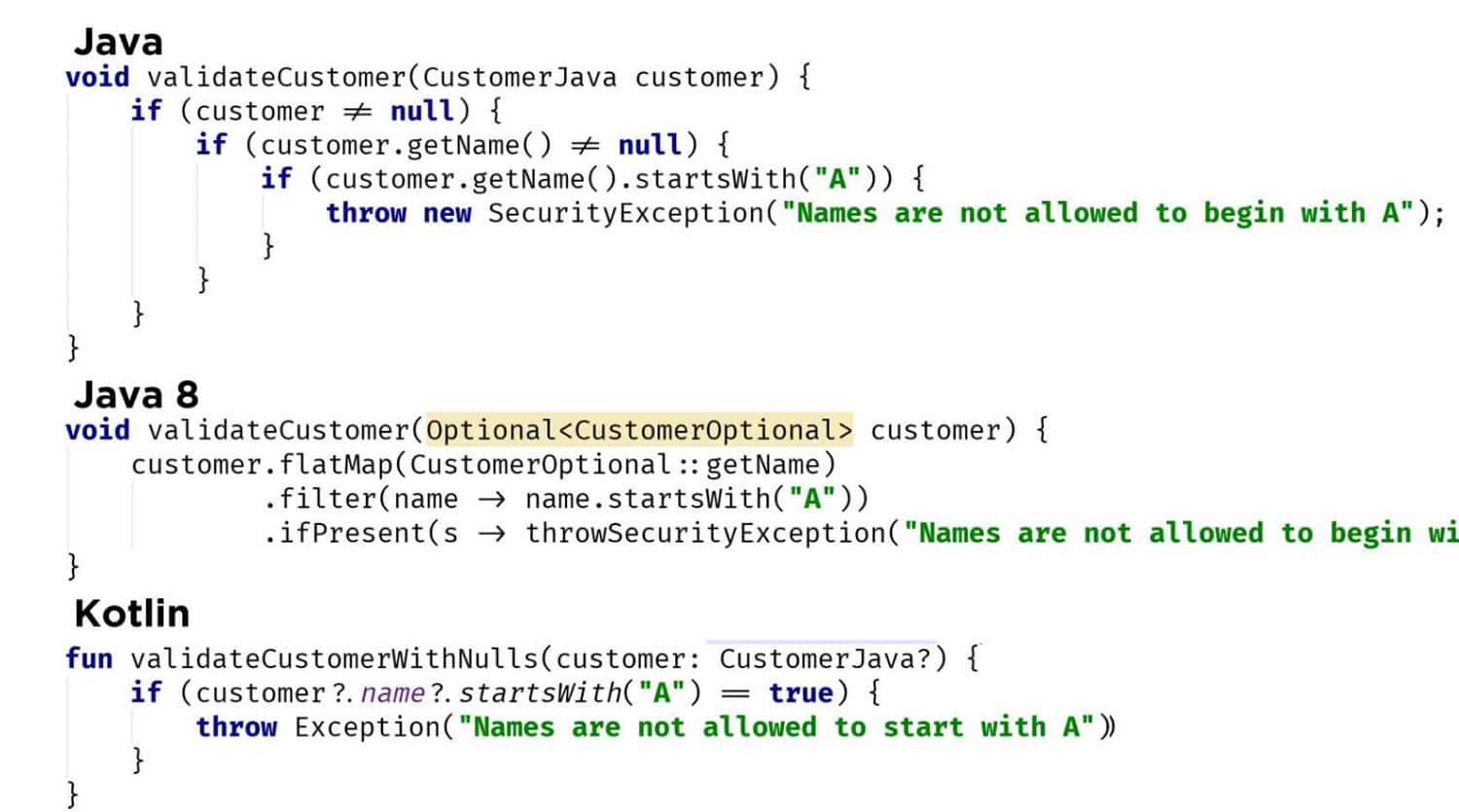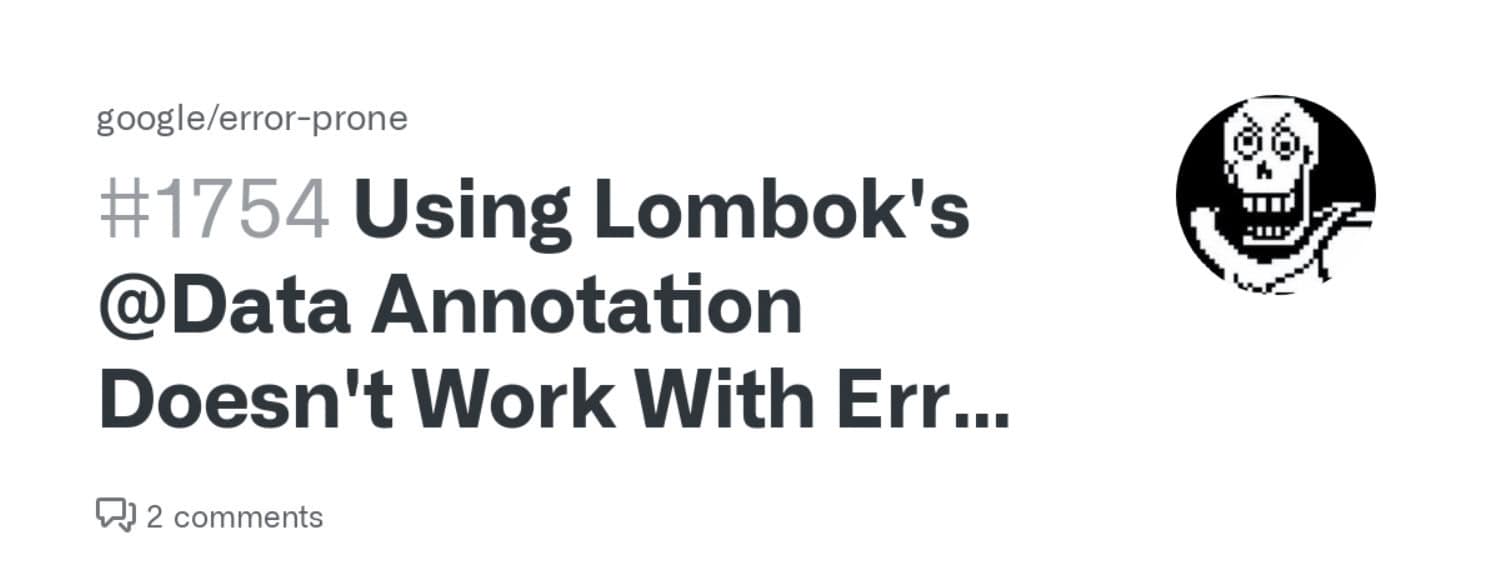The Lombok ‘@Data’ annotation helps simplify Java programming by generating frequently used Java bean methods. It is a must-have in every Java developer’s arsenal.
What is Lombok?
The Lombok ‘@Data’ annotation generates commonly used Java bean methods, such as getters, setters, constructors, equals/hashCode, and toString. By adding the annotation to a Java class, we can avoid manually coding each method, saving time and effort during development.
You may not know this, but It also helps improve the maintainability of the code! Read on to explore the Lombok data annotation further!
Table of Contents
What is the ‘@Data’ annotation for Lombok?
The Lombok ‘@Data’ annotation expedites the generation of frequently used Java bean methods. Lombok produces the following techniques while adding the annotations to a Java class. 
- All getter methods for non-static and non-transient class fields.
- All setter methods for non-final, non-static areas.
- A constructor that accepts arguments for all non-static, non-final fields.
- An equals method that evaluates the equality of any non-static, non-transient fields.
- A hashCode method that generates a hash code using all non-static, non-transient fields.
- A toString method that outputs an object’s string representation, including all non-static and non-transient fields.
This implies that rather than manually coding each method, we can add the annotation to a class, and Lombok will produce them automatically.
How does the ‘@Data’ annotation function in Lombok?
Under the hood, the anotation modifies the built class file using a method known as bytecode manipulation. Lombok alters the class file when the ‘@Data’ annotation is added to a Java class, adding the necessary getter, setter, constructor, equals, hashCode, and toString methods.
Bytecode manipulation is a potent approach that enables libraries such as Lombok to modify Java classes without changing the source code. This allows automatic code generation, saving time and effort while developing Java applications.
How does the Lombok ‘@Data’ annotation facilitate Java programming?
The Lombok ‘@Data’ annotation can ease Java development in multiple ways. Here are a few instances:
1. Reducing Boilerplate Code
Java applications often require a large amount of boilerplate code to implement fundamental functions such as getters, setters, and constructors.  We can avoid this boilerplate code by utilizing these annotations and concentrating on creating the application’s business logic.
We can avoid this boilerplate code by utilizing these annotations and concentrating on creating the application’s business logic.
2. Enhancing Code-Readability
The code generated by the Lombok is frequently more concise and understandable than manually-written code. Consider the following code snippet as an example:
Java code
This code defines a simple Person class with three fields. With the annotation, Lombok generates the following methods:

Java code
This code is much more concise and readable than writing all these methods manually.
3. Improving Maintainability
Code generated automatically by this annotation is less error-prone and easier to maintain than manually written code.  Because the code is generated automatically, there is less chance of introducing bugs or inconsistencies.
Because the code is generated automatically, there is less chance of introducing bugs or inconsistencies.
See Also: 6 Java Debugging Tools Every Developer Should Know
FAQs
What is Lombok Data Annotation?
Lombok Data Annotation is a Java library that generates boilerplate code for Java classes, such as getters and setters, constructors, and equals/hashCode methods.
How do you use Lombok Data Annotation?
To use Lombok Data Annotation, add the Lombok library to your project's dependencies and then annotate your Java classes with the appropriate Lombok annotations
What are the advantages of using Lombok Data Annotation?
Lombok Data Annotation helps to reduce boilerplate code, improve code readability, and simplify maintenance. It also eliminates the need to write repetitive code, saving development time.
What does the Getter annotation do?
The Getter annotation generates getter methods for all class fields, eliminating the need to write this code manually.
What does the Setter annotation do?
The Setter annotation generates setter methods for all class fields, eliminating the need to write this code manually.
How does Lombok Data Annotation improve code quality?
Lombok Data Annotation reduces the amount of boilerplate code in Java classes, which can help to improve code readability and make it easier to maintain. It also reduces the likelihood of errors when manually writing repetitive code.
Conclusion
The Lombok ‘@Data’ annotation generates code at compile time using Java annotation processing. The getter and setter methods, constructors, equals, hashCode, and toString methods are caused by the Java compiler when it encounters a class with the annotation.
Lombok can make Java programming more efficient by reducing the amount of code that must be written manually by producing code simultaneously. This can save you time and effort, allowing you to concentrate on other elements of your development work.
In conclusion, thus is a potent tool that can ease Java development by creating class-specific code. It is simple to use and can drastically minimize the repetitive code you must write. Using this annotation can make Java development more productive and less time-consuming.

